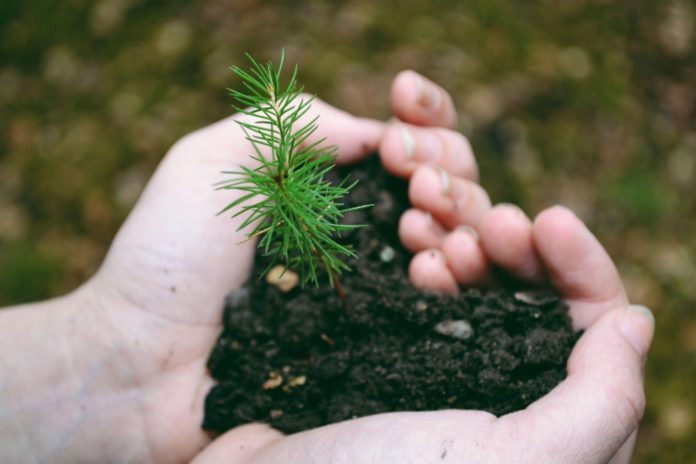Soils come in different forms. Some are hard and compact, a few are overly sandy and others are depleted. In some instances, the may contain excessive clay, salt, chalk or rocks. In this case, you may need to apply a soil conditioner to improve its structure.
Before we discuss how to condition your soil, let’s first understand what a soil conditioner is.
What is a soil conditioner?
Citing the different forms of soil above, you may notice that they also pose some issues that may impact the health of your plants. This is where soil conditioners come in. They are soil amendments that help boost the moisture and nutrients in the soil. In some cases, they help balance out the pH level of the soil.
What are the types of soil conditioners?
Here are the two major types of soil conditioners:
ORGANIC
Essentially, organic soil conditioners are those that are processed from “living” materials such as manure, sawdust, sewage sludge, fruit and vegetable trimmings, mushroom substrate, and other things that can be made into compost. The best thing about organic conditioners is that they help boost nutrient levels and moisture retention in the soil.
INORGANIC
Comparatively, inorganic soil conditioners are processed from “non-living” components including pulverised limestone, polysaccharides, slate and polycrymalides. In most cases, this type of soil conditioner focuses on enhancing a specific soil component. For example, gypsum adds calcium to the soil.
Isn’t soil conditioner the same as fertilisers?
While both can be beneficial to your garden, they are quite different in purpose. Soil conditioners are components added to an otherwise poorly-composed soil to improve its structure. Fertilisers, on the other hand, are applied to the soil to boost the health and growth of the plant.
Now that you know what are soil conditioners, the next thing that we should discuss is how they can be applied.
How to Use Soil Conditioner
Simply follow these 6 easy steps and you can be sure that your soil is ready for your plant.
- Test the Soil
The first thing that you should do is test the soil. This can help you understand what your soil needs. It also measures the level of acidity. By doing so, you will know what type of soil conditioner is needed to amend its structure.
Let’s say you have very sandy soil, hence, it is most likely to have a high pH level. You may want to try moss peat or gypsum to lower the soil’s acidity.
- Measure Your Plant Bed
After testing your soil, measure the area of your plant bed or garden. If you intend to add soil conditioner to your entire yard, make sure you measure it correctly. This is important to know how much soil conditioner can amply effectuate improving your soil structure.
In measuring the soil area, remember to include the depth of the soil you like to amend. Let’s say you want to condition up to 20 centimetres below ground level and your plant bed measures 5 metres by 3 metres. In which case, the calculated soil conditioner that you would need is 3 cubic metres.
- Clean Your Soil
Now that you know what type and how much soil conditioner you need, it’s time to clean your soil. Remove all stones, weeds and debris from the soil. You may use a garden fork to rake out these unwanted components.
- Till the Soil
The fourth step is to loosen the soil. Make sure to till until the depth you desire. On average, soil depth for plants should be between 15 to 20 centimetres while the depth for trees should be between 1 to 1.5 metres.
- Spread the Soil Conditioner
When the soil is loose enough, spread the soil conditioner evenly on the surface of the soil. Make sure to wear gloves when spreading the soil conditioner.
- Mix it Up
Lastly, mix the loosened soil and the conditioner thoroughly to make sure it is evenly distributed. And your soil is ready but wait! Let the mixture sit for 48 to 72 hours before planting. This gives the soil conditioner enough time to work its wonders.
While waiting for your soil to be ready, here are some benefits of using soil conditioners.
5 Amazing Benefits
- Soil conditioners help break down dense types of soils like clay and compact soils.
- It promotes better aeration for adequate oxygen circulation.
- It does not just retain water or moisture in the soil but also the important nutrients that your plants need to grow healthily.
- The use of a soil conditioner encourages proper water drainage and prevent water clogging that can otherwise make the roots rot.
- And it maintains the optimum structure of the soil.
Soil conditioners play an important role in improving the soil condition while ensuring that your plants get enough nutrients. It also revives the soil quality which otherwise renders it “dead.”
Contact Mazzega’s Landscaping Supplies to learn more!











